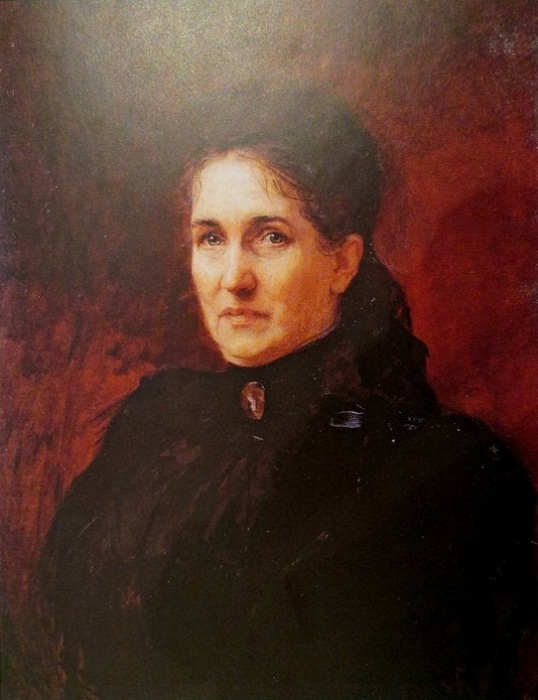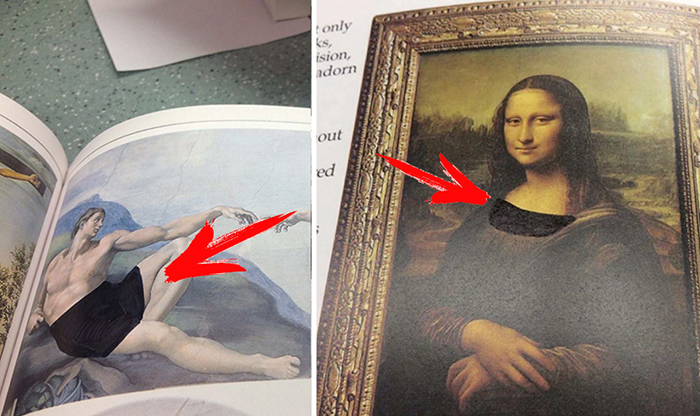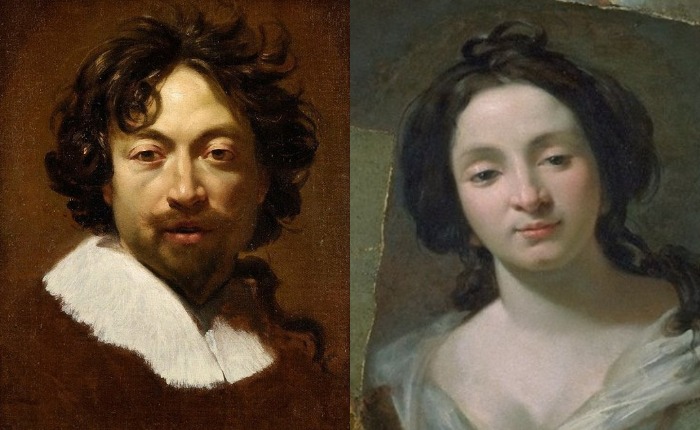academism
Creativity for the Mentally Ill: A Book That Changed History
 Sometimes you can hear such a statement that in order to create a masterpiece, you must be either a genius or a madman. Tarragon – the hero of the play “Waiting for Godot” by Samuel Becket, said that “we are all born crazy. And some of them remain … “Yes, and where is the line that separates genius from madness? In 1922, a German psychiatrist published a book in which he showed the work of the mentally ill, and this book made a splash among both the psychiatric society and artists.
Sometimes you can hear such a statement that in order to create a masterpiece, you must be either a genius or a madman. Tarragon – the hero of the play “Waiting for Godot” by Samuel Becket, said that “we are all born crazy. And some of them remain … “Yes, and where is the line that separates genius from madness? In 1922, a German psychiatrist published a book in which he showed the work of the mentally ill, and this book made a splash among both the psychiatric society and artists.
The fact that some very talented, and even brilliant people suffered from various mental disorders is not news. So, it is known that Gogol suffered from manic-depressive psychosis, and Leo Tolstoy often had bouts of depression that alternated with numerous phobias. Maxim Gorky was prone to vagrancy and pyromania, and some experts insist that Lermontov suffered from a form of schizophrenia that he inherited from his mother. Continue reading
What Censorship Looks Like at Christian College
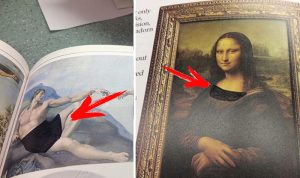 For many centuries, it was religion that prompted brilliant people to create their masterpieces. It was during the construction of churches that architects revealed their talents, and most of the artists whom we now consider classics painted their paintings and created murals commissioned by churches. Recently, a student at a Christian college in Florida showed how they are now teaching art in a religious institution.
For many centuries, it was religion that prompted brilliant people to create their masterpieces. It was during the construction of churches that architects revealed their talents, and most of the artists whom we now consider classics painted their paintings and created murals commissioned by churches. Recently, a student at a Christian college in Florida showed how they are now teaching art in a religious institution.
We are talking about Pensacola Christian College, which is located in the southeastern United States, that is, on the territory of the so-called “Bible Belt” – a region where religion plays one of the main aspects of culture, and where the population is traditionally quite religious. Continue reading
How Russian artist Makovsky painted a portrait of the US president and opened the “Russian style” to Americans
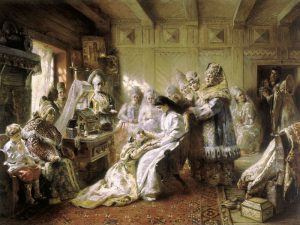 At the beginning of the 20th century, the Western world discovered the Russian style. Sundresses, kokoshniks, furs and precious fabrics, boyars and feasts – this is exactly such Russia that the great Russian artist Konstantin Makovsky showed the Americans on his canvases. The success of the “Russian Rubens” in America was so great that Konstantin Egorovich in 1901 decided to visit the New World. During this trip, the craftsmen were invited to paint a portrait of US President Theodore Roosevelt.
At the beginning of the 20th century, the Western world discovered the Russian style. Sundresses, kokoshniks, furs and precious fabrics, boyars and feasts – this is exactly such Russia that the great Russian artist Konstantin Makovsky showed the Americans on his canvases. The success of the “Russian Rubens” in America was so great that Konstantin Egorovich in 1901 decided to visit the New World. During this trip, the craftsmen were invited to paint a portrait of US President Theodore Roosevelt.
The conventional wisdom that talent should be hungry was clearly not related to Konstantin Egorovich Makovsky. At the end of the 19th century, he was probably one of the most successful and sought-after masters in Russia. Continue reading
